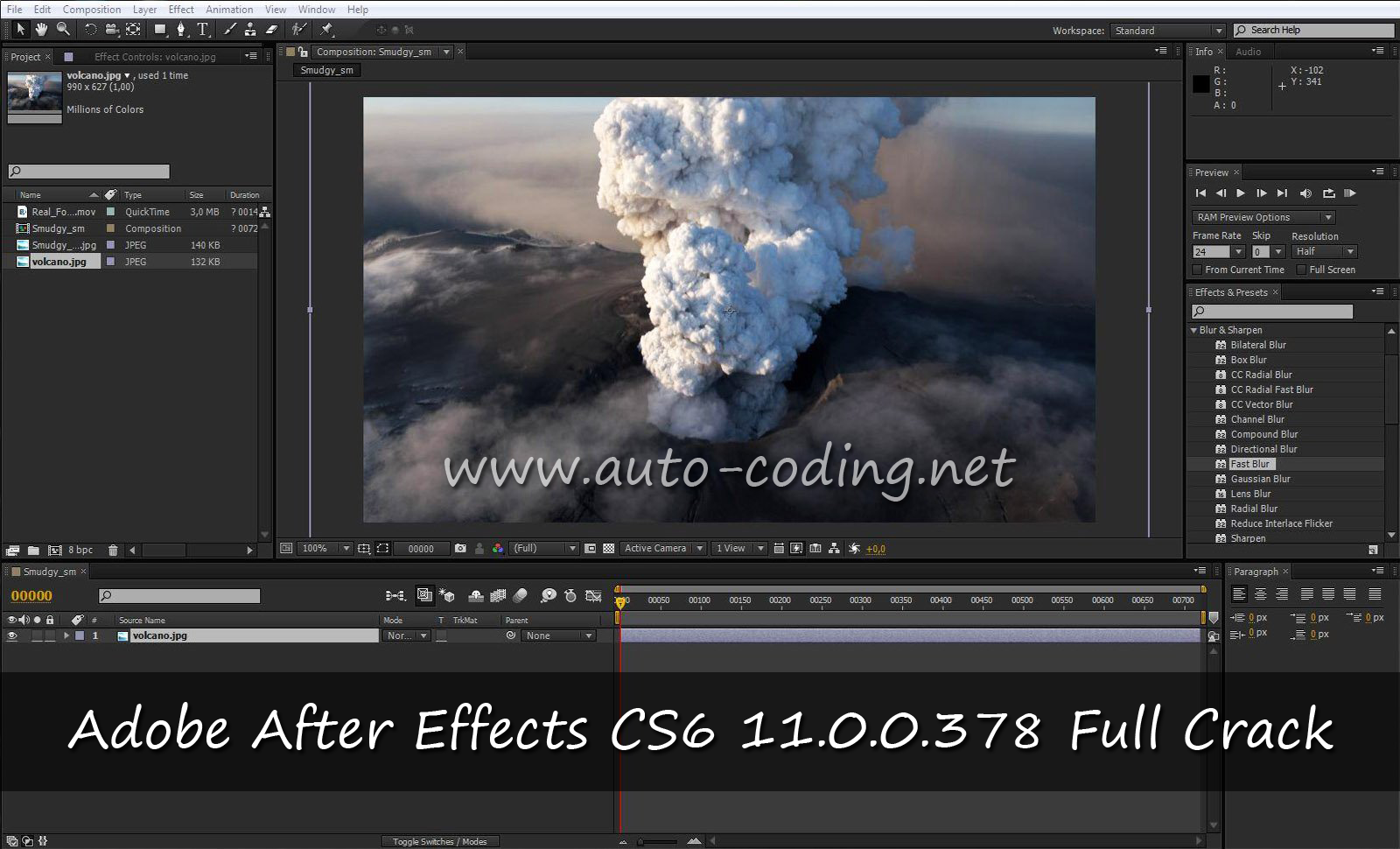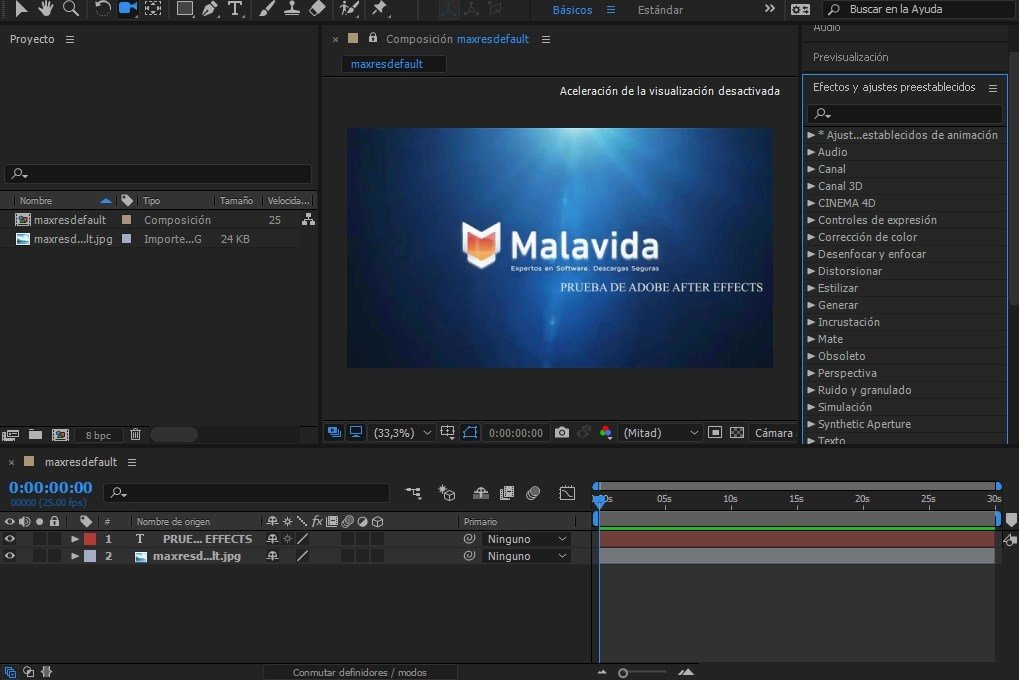

- ADOBE AFTER EFFECTS CC 12.0 HOW TO
- ADOBE AFTER EFFECTS CC 12.0 MAC OS X
- ADOBE AFTER EFFECTS CC 12.0 MAC OS
- ADOBE AFTER EFFECTS CC 12.0 INSTALL
- ADOBE AFTER EFFECTS CC 12.0 FULL
The result of using the mask tracker is the application of keyframes for the Mask Path property so that the mask shape matches the transformations tracked in the layer, depending on which Method setting is chosen. If the Tracker panel isn’t shown, you can show it in mask tracker mode by choosing Animation > Track Mask with a mask selected, or context-click a mask and choose Track Mask from the context menu. When a mask is selected, the Tracker panel switches to mask tracking mode, showing the much simpler set of controls that are relevant to mask tracking: controls for tracking forward or backward either one frame at a time or to the end of the layer Method, with which you can choose to modify position, scale, rotation, skew, and perspective for the mask.

The tracked object must maintain the same shape throughout the movie, though it may change position, scale, and perspective and still be effectively tracked this is why the mask tracker is sometimes called the “rigid mask tracker”. The mask tracker transforms a mask so that it follows the motion of an object (or objects) in a movie. We’ll be posting a lot more detail over the coming weeks, and the outline below will be populated with links to in-depth articles and tutorials, so bookmark this page and check back. Here is a virtually comprehensive list of changes, with detail beyond the summaries of the top items listed above. (nearly) all new and changed features in After Effects CC (12.1)
ADOBE AFTER EFFECTS CC 12.0 INSTALL
Please take this opportunity to download and install updated codecs, plug-ins, and drivers from these providers, as relevant to your work.įor details of what was new in After Effects CC (12.0), see this page.įor details of all of the other updates for Adobe professional video and audio applications, see this page. We have also been working with several providers of plug-ins, codecs, and hardware devices to assist them in updating their software to fix some errors and crashes.
ADOBE AFTER EFFECTS CC 12.0 HOW TO
NOTE: See this post on how to migrate settings (workspaces, preferences, etc.) from After Effects CC (12.0) to After Effects CC (12.1).

(IMPORTANT: The After Effects CC updates are not at the top of the page scroll down to find them.)
ADOBE AFTER EFFECTS CC 12.0 MAC OS
Ideally, you should install the updates automatically through the Creative Cloud desktop application or by choosing Help > Updates, but you can also directly download the update packages from the download page for Windows or Mac OS by choosing the “Adobe After Effects CC (12.1)” update for your operating system.

One way to check for updates is by closing all Adobe applications other than Adobe Bridge, and choosing Help > Updates in Adobe Bridge this ensures that all processes related to Adobe video applications have been quit and can be updated safely. You can install the update through the Creative Cloud desktop application, or you can check for new updates from within any Adobe application by choosing Help > Updates. Unlike the After Effects CC (12.0.1) patch, the After Effects CC (12.1) update can be used to update the trial version of After Effects CC (12.0).
ADOBE AFTER EFFECTS CC 12.0 FULL
This full update makes it unnecessary to install the previous After Effects CC (12.0.1) patch.
ADOBE AFTER EFFECTS CC 12.0 MAC OS X
The After Effects CC (12.1) update is now available to all Creative Cloud members.Īmong many other changes and fixes, this updates enables After Effects CC to run on Mac OS X v10.9 (Mavericks). After Effects CC (12.1): what’s new and changed in this October 2013 update


 0 kommentar(er)
0 kommentar(er)
